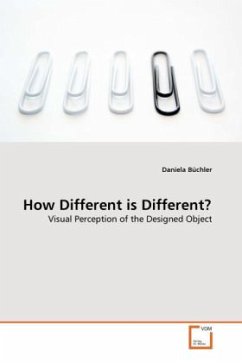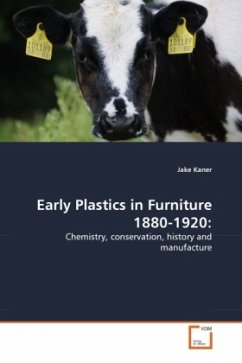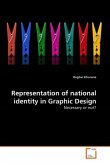In product design, incremental style changes made to the physical form present a problem when the designer is trying to create a differentiated product. This is a matter of visual perception because in order for product differentiation to be successful, the design changes must be perceptible. In this book, perceptible differentiation is explained as a function of both the real' difference, i.e. physical change, and of the perceived' difference, i.e. relevance for the observer of that change. Visual perception of the designed object is a function of the physical aspect of that object and of the individual cultural background of the observer. However, there are theoretical incompatibilities between the existing accounts of visual perception from the psychology of perception on the one hand, and the accounts of perception of the designed object from material culture studies on the other. The author proposes a more comprehensive model of visual perception of the designed object that details and extends the material culture understanding of what constitutes the perceptual experience with the designed object and the role of form in that experience.







